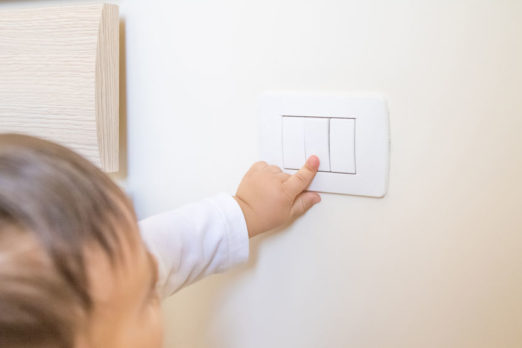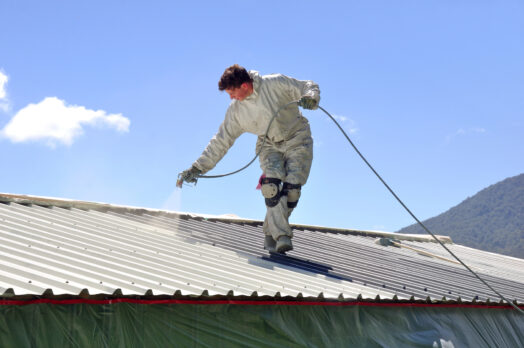
Odds are that you’re spending more time at home right now than ever before. While the COVID-19 pandemic impacts daily life around the globe, households will likely see an increase in energy and water usage as individuals and families stay put.
So how can you avoid any surprises on your utility bills while self-isolating?
There are some simple energy and water-saving tips that you may not have considered, so why not try tackling some of these hacks to be more resourceful:
Quit binging in HD: Catching up on your favorite Netflix shows is the ultimate quarantine activity, but one that also contributes to your carbon footprint. One study suggests that 420g of CO2 is emitted per every hour spent watching films on online streaming platforms. Watching in standard definition, rather than high definition (HD), which uses up to five times the energy, is an easy way to lower your individual impact.
Reduce your “phantom load”: Some appliances, like a refrigerator or freezer, need to be left on all the time or kept on standby, like a smart speaker. Other devices, like computers or game consoles, are left on 24/7 and can account for about 8% of annual electricity costs in the average household. Smart power strips can detect when a device is in standby mode and turn off power to save energy.
Avoid peak rate times: Log into your utility account and look for peak or “time of use” rates. Your utility rates can double during those peak times, so choosing the right time of day to do a load of laundry could impact how much that spin cycle costs you at the end of the month.
Change your air filters: Check your furnace or central air filter to see if you’re past due for a switch, which is recommended every 90 days. Keeping your filters fresh in a central air system can reduce energy consumption by 5%-15%, according to the Department of Energy.
Turn down the heat: Another quick DIY task is to turn down the temperature on your hot water heater. Decreasing the temperature by 10-20 degrees (don’t go below 120ºF) can reduce energy costs up to about 20% annually.
Check your fans: If you have ceiling fans, now is a great time to make sure they are set to the right direction for the season. If you’re still running the heat, fan blades should be turning clockwise to push warm air down. If you live in a warm climate, the blades should be turning counter-clockwise. Fans don’t cost a lot to run and help by making you feel cooler (or warmer).
More energy-saving tips:
- Recommended thermostat temperatures are 68°F when home and awake, and 58°F when away or asleep
- Think before turning on central heating. If the household is gathered in one room, maybe use an electric space heater
- Warm your home naturally by opening blinds and windows during daylight hours
- Use computer sleep and hibernate modes, which can be activated through your computer’s power settings manager
- Plug all personal electronics into a power strip and turn it off when electronics aren’t in use
- Turn down the brightness of your TV — factory settings are typically brighter than needed
- Engage your kids and have them turn lights and electronics off or shut doors behind them
Turn off the water: If you leave the water running while brushing your teeth, consider this: Turning off the faucet while you brush — or washing your hands — could save you upwards of $65 on your annual water bill. You could also challenge your family to see who can take the shortest shower. Or consider skipping a shower every few days if you’re not as active as normal during self-quarantine.
Downsize your lawn: The average American household uses 320 gallons of water per day, about 30 percent of which is devoted to outdoor uses. More than half of that outdoor water is used for watering lawns and gardens. Consider replacing some of that grass with a groundcover that is drought-resistant, covers a large area, and requires zero maintenance.
More water-saving tips:
- Only run the washing machine and dishwasher when you have a full load
- Use a low flow showerhead and faucet aerators
- If you like cold drinking water, store water in the fridge versus running the tap to get it cold
- Install a dual flush or low flow toilet to reduce water usage by 40% to 50%
- Take a shower instead of a bath and set a 5-minute timer
- Install rain sensors on irrigation systems and a rain barrel for outdoor watering
- Monitor your water usage on your water bill and ask your local government about a home water audit
Lastly, here are a few additional energy-saving tips from the folks at Ownerly.

The summer sun can turn your home into a furnace, sending your air conditioning unit into overdrive and your energy…

This year, why not gift yourself with energy efficiency? Whether you prefer a light touch or are the next Clark…

This past summer was both the hottest one on record and predicted to be the coolest one in our future.…